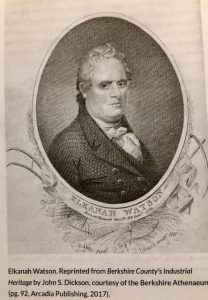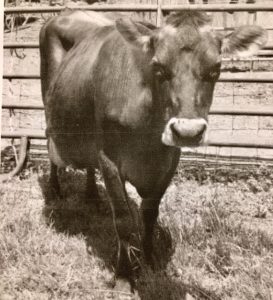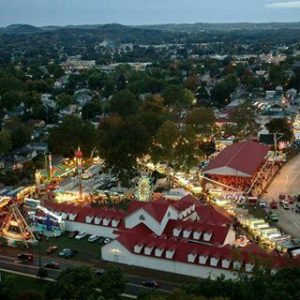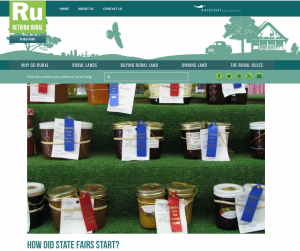Earlier this week I posted a blog about the Iowa State Fair, because it is so in the news just now. But it turned my thoughts to fairs in general.
Writers note: fairs are a national cultural phenomenon, but with regional differences worthy of attention. As you read this blog, think how a state fair might fit your plot.

How did State Fairs start?
Kentucky farmwife Catherine Pond wrote about this topic. She traces the beginnings of State Fairs to the New York State Fair of 1841. She notes that State Fairs are big, raucous events in large agricultural states while smaller states and county fares are quieter. Nevertheless, fares at both levels offer fair food, wild rides, tractor pulls, 4-H and other judging events (pies, canned goods, quilts, flowers, pigs, cows, etc.).
“In addition to focusing on agricultural offerings and economy, in the 19th century the state and county fairs also became showcases for recipe judging and all manner of domestic arts.”
WikipediA
This site defines State Fairs as a larger version of a county fair, often including only exhibits or competitors that have won in their categories at local county fairs. If you move on to the WikipediA article on county fairs you are directed to “Agricultural Show.”
American Traditions: A Short History of Agricultural Fairs
The word fair can be traced back to the Latin feria, meaning “holy day.” These events consisted of games, competitions, and festivities. The Roman feriae of the Middle Ages morphed into a place when foreign merchants could buy, sell and trade with the public along with the earlier activities.
Fairs in America
In the U.S., agricultural fairs started to catch on in the early 19th century, when the first one was held in Pittsfield, Massachusetts. Organized by Elkanah Watson in 1807, it was a small fair featuring only sheep shearing demonstrations.

Watson urged other farmers to showcase their livestock, where they were judged and recognition awarded. Later county fairs had merchants selling goods and activities for men, women, and children. Soon many small, rural communities held fairs from the Northeast to the Midwest.
The upshot was the New York State Fair of 1841, held in Syracuse for two days. It featured animal exhibits and speeches intended to educate people about agriculture. It included products for both farms and homes. It was “a great success” with 10,000-15,000 attendees. Today that fair attracts 1.2 million visitors, one of the biggest in the country. It spans nearly two weeks, ending on Labor Day

From their roots in agriculture. fairs grew to include new technology such as electricity and airplanes. Then, too, entertainment came to fairs: musical performances, horse races, carnival rides, and vaudeville entertainers. Today there are approximately 2,000 state and county fairs nationwide.

The Biggest State Fairs
- The State Fair of Texas (2.25 million visitors). The number of visitors may depend in part on the fact that this fair runs for 24 days.
- Minnesota State Fair (2 million attendees). Established in 1859, it celebrates the Land of 10,000 Lakes and features more than 300 concession booths.
- The Big E (1.5 million visitors) a.k.a. Eastern States Exposition. It includes all 6 New England States (Connecticut, Maine, Rhode Island, Massachusetts, Vermont, and New Hampshire) each with its “state day” showcasing individual histories and traditions.
- New York State Fair (1.2 million visitors)
- Tulsa State Fair (1.15 million visitors) a.k.a. the Tulsa County Free Fair, overshadows the smaller Oklahoma State Fair.
FYI: State Fair of Virginia has fewer than 400,000 attendees.

Which states have the most fair participation by citizens?
- Navajo Nation Fair (Arizona): 57.58% of Navajo Nation
- Alaska State Fair (Palmer): 40.68%
- North Dakota State Fair: 39.64%
- Minnesota State Fair: 36.70%
- Iowa State Fair: 35.93%
FYI: Virginia State Fair: 2.86%—which still exceeds 16 other fairs. Some of these are from states that have multiple fairs.

“The 20 Best State Fairs in America”: Top 5
- Kentucky State Fair: incredible horse shows, chef demonstration, live music from popular artists. It started more than 100 years ago with trick bears, award-winning horses, and the Parade of Champions.
- The Great New York State Fair
- State Fair of Texas
- Iowa State Fair
- Minnesota State Fair

These—and virtually all others—now offer free live concerts, deep fried everything, carnival rides, and crazy competitions based on state identity.

Fair = Fair Food

For many, fair food is the highlight of the visit. Classics like funnel cake, burgers, corn dogs, candy apples and candy are everywhere. But there is always a local twist: wine slushies in California, a beef Reuben burger in Nebraska, maple syrup soft serve in Vermont. And offerings are ever more exotic: fried dough injected with Pepsi, chocolate-dipped scorpions, alcohol fried in pocketed pretzel dough, the Indiana Hot Beef Sundae (mashed potatoes, marinated beef, gravy, cheese, corn “sprinkles” and a tomato “cherry” on top).

My personal favorites are the “Buckeyes” found at Ohio fairs—Ohio being the Buckeye State. They have peanut butter centers and chocolate shells that cover all but the required tan spot.
For more information, search fair food online. You can get info by state.
My personal connections to fairs
The only time I went to the Ohio State Fair I was well into my twenties. Most of my fair connections are with the Fairfield County Fair. First held in Lancaster, Ohio, the second week of October, 1851, it’s one of the oldest county fairs still operating. This year it will be October 6-12. It is known as The Last and Best of the Season, being arguably the last county fair in the country.
This fair includes bull riding; truck, tractor, and horse pulls; demolition derbies; concerts; band; horse races; and judging of companion animals, farm products, foods, swine, poultry, garden clubs, pygmy goats; as well as a veterans celebration, auction, and monster truck throwdown–and that’s just the first two days!

My sister was born during Fair Week. My mother and sister were taken home from the hospital by ambulance, which swung through the fairgrounds on the way. My sister celebrates her birthday by visiting the fair in the fall. So perhaps her connection is stronger than mine.
On the other hand, the earliest picture I have of me is my mother holding me in a fair photo booth—the sort where you put in coins and get four postage-stamp-sized pictures. One of my favorites is the picture of me and my sister some years later—not looking happy to be there.

I walked through the fairgrounds holding hands with my boyfriend. One year I won a blue ribbon for my 4-H entry of homemade apple sauce. Every year I envied my best friend Sharon whose 4-H project was a milk cow she raised. She got to sleep in the animal barn with her cow and all the other kids who had animals entered. Getting a broken foot when her cow stepped on her seemed a negligent price to pay. I played percussion in the high school marching band that every October marched around the racetrack during the opening ceremonies, often sweltering in our purple wool uniforms trimmed in gold.

Bottom Line for Writers: if you have a character who has a particular attachment to an annual event, such as a fair, be sure to personalize it.

